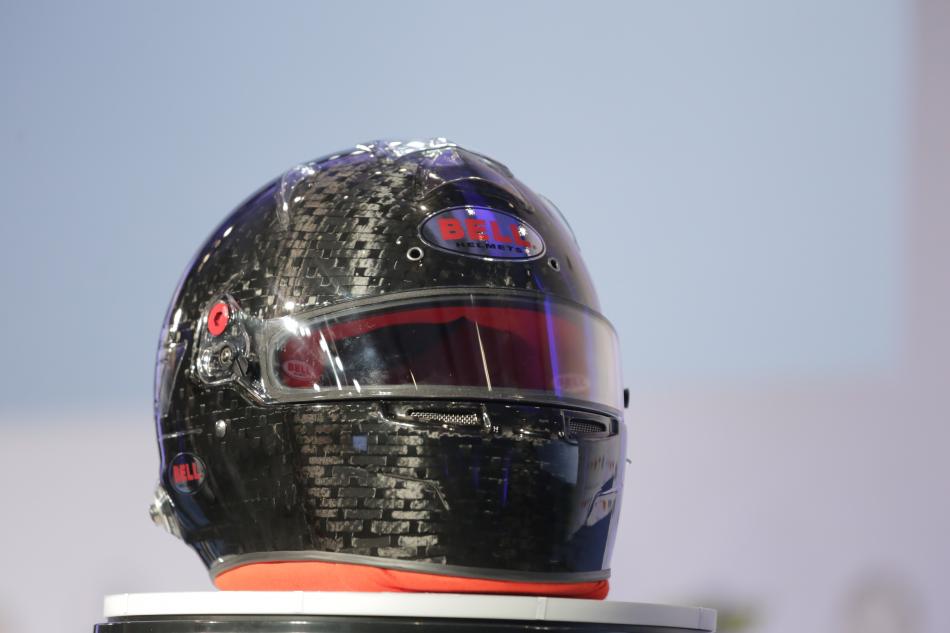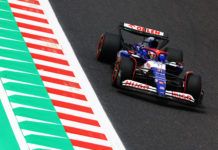The FIA revealed a new ultra-protective helmet standard on Wednesday which will be mandated in Formula 1 from the 2019 season onward, with the other championships to follow then after.
The new helmet called ‘FIA 8860-2018’ was released after a decade of research which will be now made a standard product for manufacturers to develop adhering to the new safety features.
The new benefits includes ‘advanced ballistic protection, increased energy absorption and an extended area of protection for drivers’. The FIA researchers worked closely with manufacturers like Stilo, Bell Racing, Schuberth and Arai to develop the new standard.
FIA’s safety director Laurent Mekies said: “The current top-end helmets are already the safest in the world but the new standard will take them to the next level. It is important for all of our safety research that we continually strive to improve and this is why we are requiring all manufacturers to meet this tougher standard for our championships.”
Bell Racing Helmets’ Chairman Stephane Cohen added: “The area of testing will be expanded compared to what we currently enjoy, which means that the overall protection of those helmets could be considered better and as usual the FIA will be at the forefront of helmet protection technology. This will be the most advanced standard in the world without any possible discussion.”
The FIA’s statement highlighted the following changes on the new standard:
- Top of visor opening lowered by 10mm to incorporate advanced ballistic protection that achieves unprecedented levels of safety during impact from debris.
- Extended areas of protection on sides to offer compatibility with latest single-seater headrests and closed car seat-side head protection systems, ensuring energy management is exactly where headrests are positioned.
- Helmet shell construction using advanced composite materials to ensure it is not only tough but also resistant to crushing and penetration.
- Test methods include variable crash speeds to account for different accidents and a range of weights to account for different mass headforms.



















